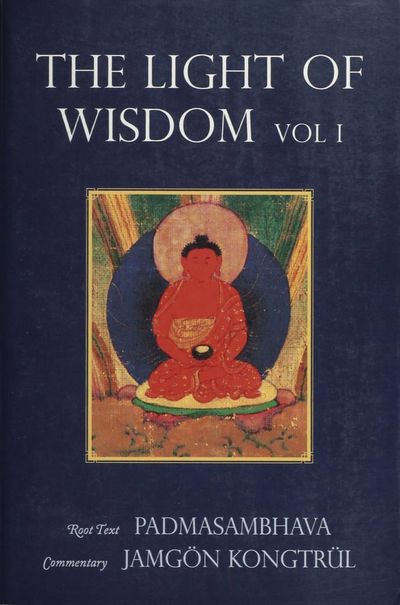- Foreword by H.H. Dilgo Khyentse Rinpocheix
- Translator’s Introductionxi
- Essay on the Three Great Masters by H. E. Tulku Urgyen RinpocheXXXV
- The Root Text
- Lamrim Yeshe Nyingpo1
- The Commentary
- Section One
- Prologue and Teachings on the Tide, the Sign Script, and the Homage
- 1. Homage and Prologue21
- 2. Teaching on the Tide25
- 3. Explaining the Sign Script and Homage36
- Section Two
- The Explanation of the Actual Body of the Text
- 4. The Setting43
- 5. The Circumstances53
- 6. The Four Vajra Syllables54
- 7. The Five Perfections and Instruction to Retain the Teaching63
- 8. The Meaning of the Ground68
- Section Three
- Path
- 9. How to Follow a Spiritual Guide87
- 10. The Four Mind Changings95
- 11. Taking Refuge110
- 12. Conventional Bodhichitta of Aspiration115
- 13. Conventional Bodhichitta of Application121
- 14. The View of Ultimate Bodhichitta135
- 15. The Meditation of Ultimate Bodhichitta and Its Result147
- Appendices and Notes
- 1. The Six Limits and Four Modes161
- 2. The Four Noble Truths167
- 3. The Four Dhyanas and Formless States170
- 4. The Sugata Essence175
- 5. Padmakara and the Four Vidyadhara Levels179
- 6. Shakyamuni’s Prophecy about Buddhism in Tibet181
- 7. The Five Aggregates183
- 8. Establishing the Basis for Beginning the Teaching186
- 9. The Actual Beginning of the Teaching191
- 10. The Sixty Aspects of Melodious Speech195
- 11. The Four Schools of Buddhist Philosophy197
- 12. The Bodhisattva Bhumis201
- Epilogue206
- Notes208
- Index287
- Appendices and Notes



